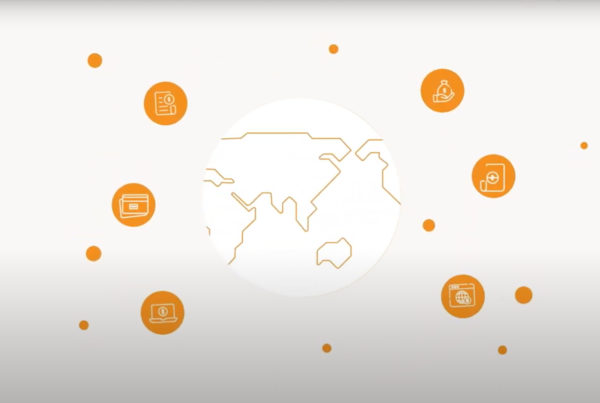These are testing times for telecom operators. On one hand, over-the-top players pose serious competition for revenue and market share. On the other, digitization is making it imperative for these players to reinvent themselves as digital service providers.
Here’s where it gets a bit tricky, though. The process of transitioning to digital service providers is complex, entailing a multi-faceted approach. First and foremost, operators would do well to remember that customers today prefer to interact with the brand in a seamless, omnichannel way. In other words, traditional physical point-of-sales will cease to be the primary point of interaction. The very concept of sales will encompass newer dimensions, such as an enhanced customer experience and assured cross-and-up selling.
Unsurprisingly, then, an operator’s sales and distribution chain, too, requires to transform. And quite radically, at that. Before we examine how, permit me a brief aside. It is interesting to note that the sales and distribution process holds different connotations across global markets. For example, in developing markets, distribution networks are the primary medium of sales. The large underserved population in these regions makes acquiring new customers a priority for operators serving these markets. Meanwhile, in developed markets, up-and-cross sell of additional services is a top priority for operators. This is because these markets are (more or less) saturated. Thus, the number of new customers is relatively lower.
Naturally then, the transformation process of traditional sales and distribution networks in both markets is very different. This blog aims at showcasing the highlights of developing markets in this context.
The Bigger Picture
By and large, the sales and distribution space in these markets is leaning heavily towards enabling e-commerce-based sales. Leveraging concepts such as telecom field force and infrastructure such as field force, warehouses for distribution, streamlined logistics is also a priority. In addition, operators are enabling storefronts for non-telecom products and services to ensure diversification of revenue.
Key Priority Areas
While defining a sales and distribution strategy in these markets, atop an operator’s priority list are:
- Retaining control over and obtaining a detailed overview of the indirect mass retail chain
- Reducing costs pertaining to procurement and cycles, without adversely impacting service levels and market availability
- Reducing focus on customers providing low average revenue per user
- Ensuring optimal levels of inventory at all touchpoints
- Reducing the outflow of funds allotted to third party procurement and sales
Defining a Successful Strategy for Channel, Sales, Partner and Commission Management
While there is no sure-shot method of defining a successful strategy, the basic idea ought to be maintaining a balance between selling the right product at the right time through an appropriate combination of channels. This is, of course, only the tip of the iceberg. Other best practices include:
- Ensuring a significant number of orders at above average values
- Ensuring a higher share of activations and recharges for the territory in question
- Enabling a shorter timeframe between the invoicing and shipping of inventory
- A reduced number of returns and rejects
- Ensuring adequate inventory at retail points
Key Challenges While Implementing an Effective Sales and Distribution Strategy
Of course, transforming existing sales and distribution channels is not an easy process. A major challenge yet to be surmounted pertains to partnership and revenue sharing models. This parameter is still flexible in these markets, as a standard model across all operators and service providers hasn’t been worked out.
The Road Ahead
Technologies that are likely to come to the fore include automation in warehouse picking, as orders are often returned, owing to a faulty delivery process.
In addition, significant improvements are expected to be witnessed in terms of developing insights about a partner’s capacity to sell and purchase in bulk. This is because today, the entire sales process is still push oriented towards dealers, owing to the size of the order and longer revenue realization cycles.
Other trends likely to take centre stage in the future include:
- Chalking out innovative plans will be a priority for partners. These will be aimed at reducing the total cash flow, owing to commissions. The tricky part would be ensuring that the sales and quality acquisition processes aren’t adversely impacted.
- Defining a region-centric inventory distribution plan will be the key to reduce costs and wastage of resources.
- Technology partners will have to communicate with their partners through diversified channels to bridge the technological divide. This, in the larger picture, is expected to compel an increasing number of partners to use the platform, instead of pushing manual orders and transfers.
- Sharing of warehouse is another new area which will draw attention, going forward. This is expected to further optimize costs.






